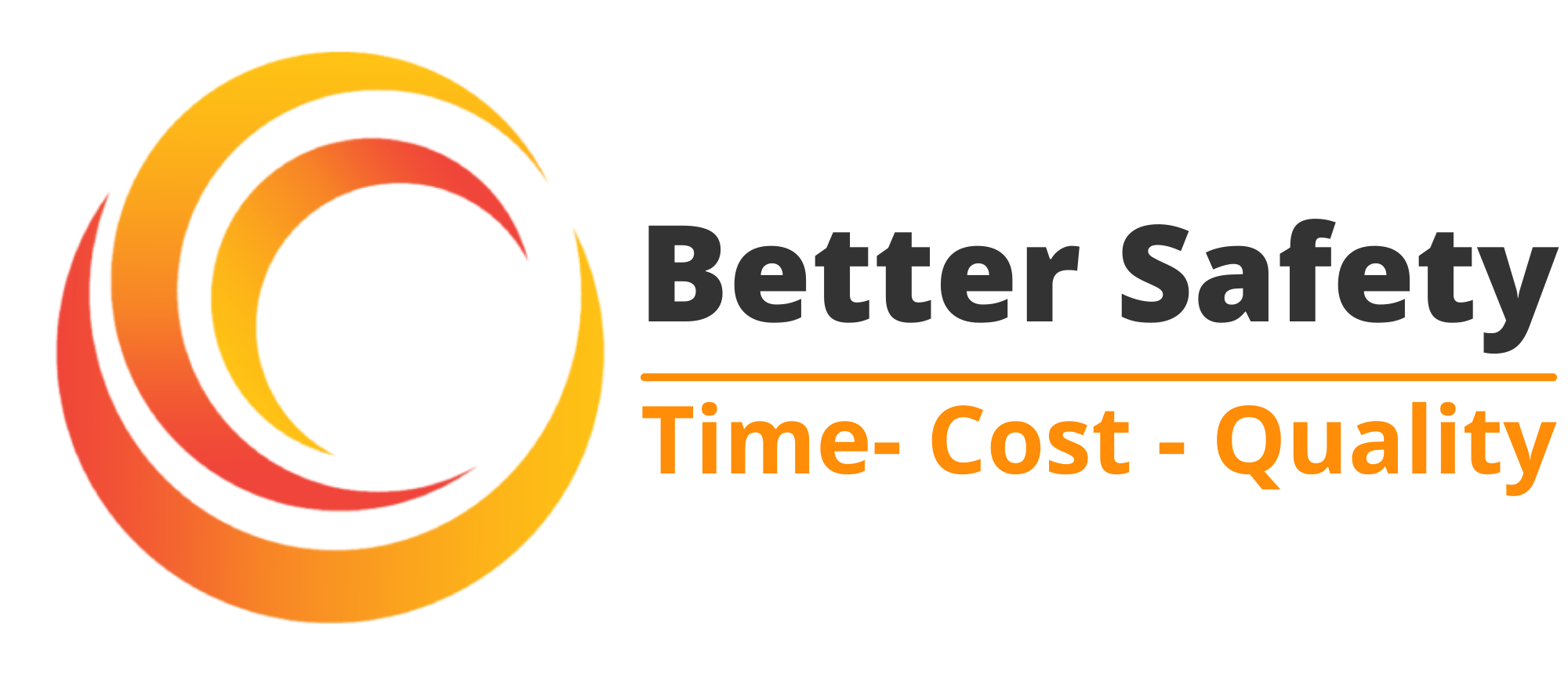Welding linked to Lung Cancer - even in mild steel
The HSE are clamping down in enforcement for welding activities as there is evidence that welding fumes, including from mild steel, can cause lung cancer and possibly kidney cancer in humans. The evidence was submitted by the International Agency for Research on Cancer.
Because of this, The Workplace Health Expert Committee has pushed for the reclassification of fumes from mild steel welding as a human carcinogen.
Currently, there is no known level of safe exposure. This means that, regardless of the duration of the task, HSE will no longer accept any welding undertaken without suitable control measures for exposure.
What you can do for welding indoors:
To control the risk of cancer, suitable engineering controls are required for all indoor welding activities. An example of an engineering control is Local Exhaust Ventilation (LEV).
If LEV alone cannot adequately control exposure, this can be further reduced by using Respiratory Protective Equipment (RPE).
The best way to find out what type of threat is being posed when welding, the best option is to perform a full risk assessment.
What you can do for welding outdoors:
Appropriate RPE for outdoor welding should be used. All welders whether indoor or outdoor must be fully trained but also suitably instructed on how to operate these controls.
Industries affected:
This is not an exhaustive list:
Engineering disciplines
Welding
Pipe-fitting
Vehicle Mechanics
Agriculture
Construction
Get in touch with an expert today for more information on enforcement expectations for welders on 0330 0948848 (Option 1).

